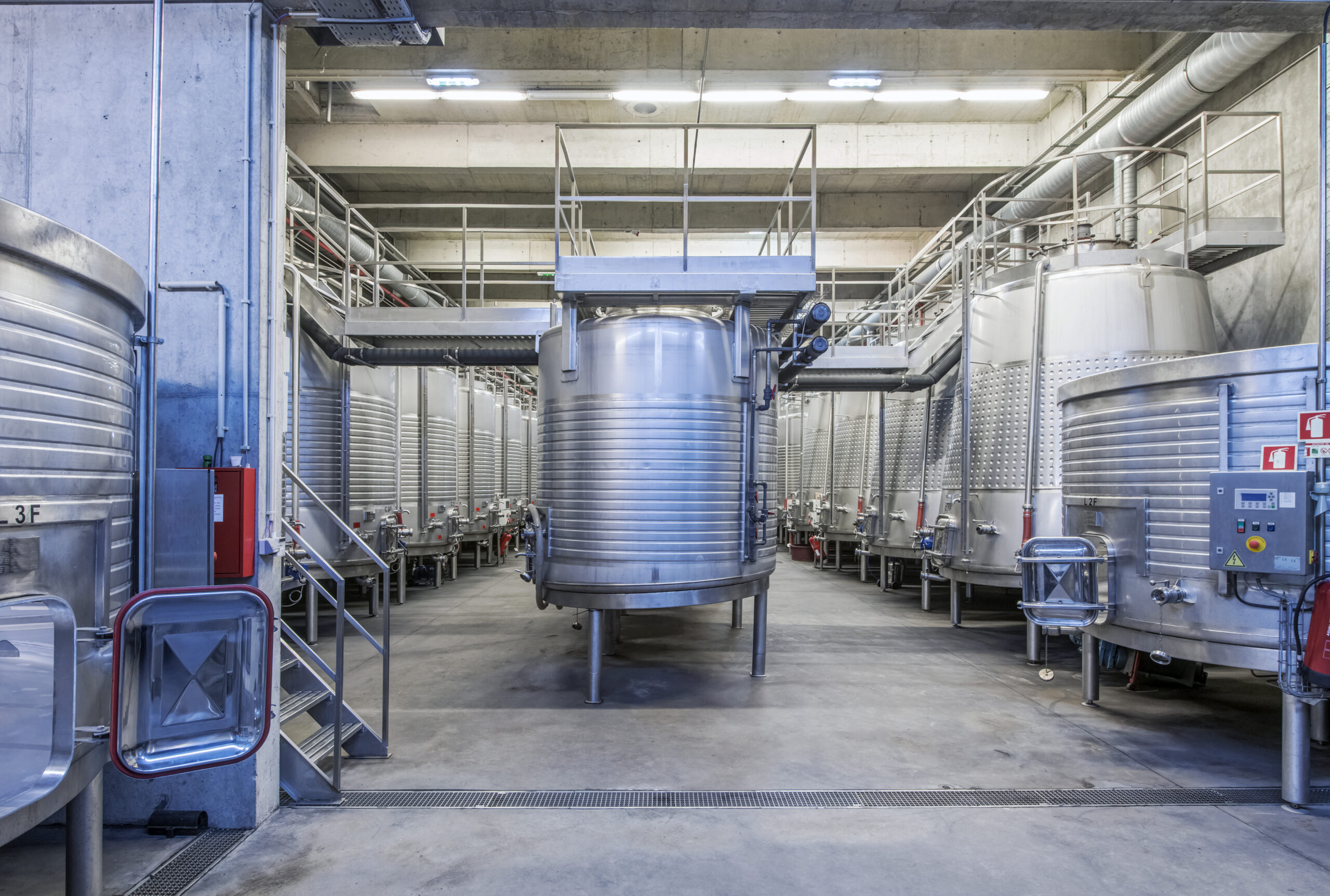
Tips for Selecting the Right IQF Nitrogen Equipment for Your Needs
Tips for Selecting the Right IQF Nitrogen Equipment for Your Needs
In this ever-evolving food processing sector, having the right machinery can mean the difference between success and failure. The IQF (Individually Quick Frozen) process is an essential practice in this industry, especially in preserving food products’ quality and integrity. Therefore, selecting suitable nitrogen equipment is crucial to achieving efficient and high-quality production. This article will provide important tips on how to choose the appropriate IQF nitrogen equipment for your food processing needs. Keep reading!
Understanding the Role of Nitrogen Equipment in Food Processing

IQF freezing technology quickly freezes food products individually to significantly reduce ice crystal formation, hence preserving the food’s original texture, color, and flavor better than traditional freezing methods.
This process is largely dependent on nitrogen equipment that uses liquid nitrogen to rapidly lower temperatures. The nitrogen is then quickly evaporated, leaving only the frozen product behind.
Your processing plant’s efficiency and product integrity immensely rely on your IQF nitrogen machinery’s efficiency. That’s why understanding this equipment’s role can immensely impact your overall operations.
Choosing suitable nitrogen equipment, therefore, not only enhances your productivity but also significantly improves the quality of your frozen products.
Essential Factors to Consider When Choosing Nitrogen Equipment
Several factors shape the selection of nitrogen equipment. Firstly, the type of food product you aim to freeze plays a critical role. Different foods require varying freezing techniques and, subsequently, specific equipment.
For instance, some food products are delicate and require gentle equipment, while others can withstand more robust machinery. Therefore, your equipment should complement the type of food you are processing.
The speed of operation is another crucial factor. The quicker the freezing process, the better the preservation of food quality. Thus, it is advisable to consider equipment with faster freezing times.
Finally, cost considerations cannot be overlooked. Being mindful of your budget constraints while ensuring the equipment matches up to your expectations is a fine balancing act that one must undertake.
The Impact of Size and Capacity on Your Equipment Selection
The size of your equipment significantly influences its effectiveness in your processing operations. Equipment that is too small may not meet your production demands, leading to inefficiencies. Conversely, too large can result in wasted resources.
When considering size, your current and future production needs are paramount. If you anticipate a future increase in production, you may want to invest in larger equipment.
Capacity refers to the amount of product the equipment can process within a specific time. Therefore, the higher the capacity, the larger the volume of product that can be frozen.
However, it’s essential to match the capacity to your actual needs to avoid energy inefficiencies and unnecessary high operational costs.
Importance of Energy Efficiency and Durability in Equipment

Energy consumption is a significant aspect of liquid nitrogen equipment operation. Equipment that operates at high energy efficiency not only conserves resources but also maintains low operational costs, enhancing your plant’s overall profitability.
Regulating energy use can be achieved by selecting equipment with energy-efficient features such as insulated panels, smart controllers, and variable frequency drives.
Durability is another important characteristic of liquid nitrogen equipment. This involves both physical durability and performance. Equipment material should be corrosion-resistant to withstand the demanding processing environment.
Moreover, the equipment should maintain consistent performance over time, with minimal downtimes to ensure continuous production.
Altogether, understanding the role of nitrogen equipment in your food processing operations; considering essential factors such as the type of food, operation speed, size, capacity, energy efficiency, durability, and maintenance; and using after-sale support can guide you in selecting the right equipment. Making an informed decision not only improves your processing efficiency but also enhances product quality, ultimately boosting profitability.




